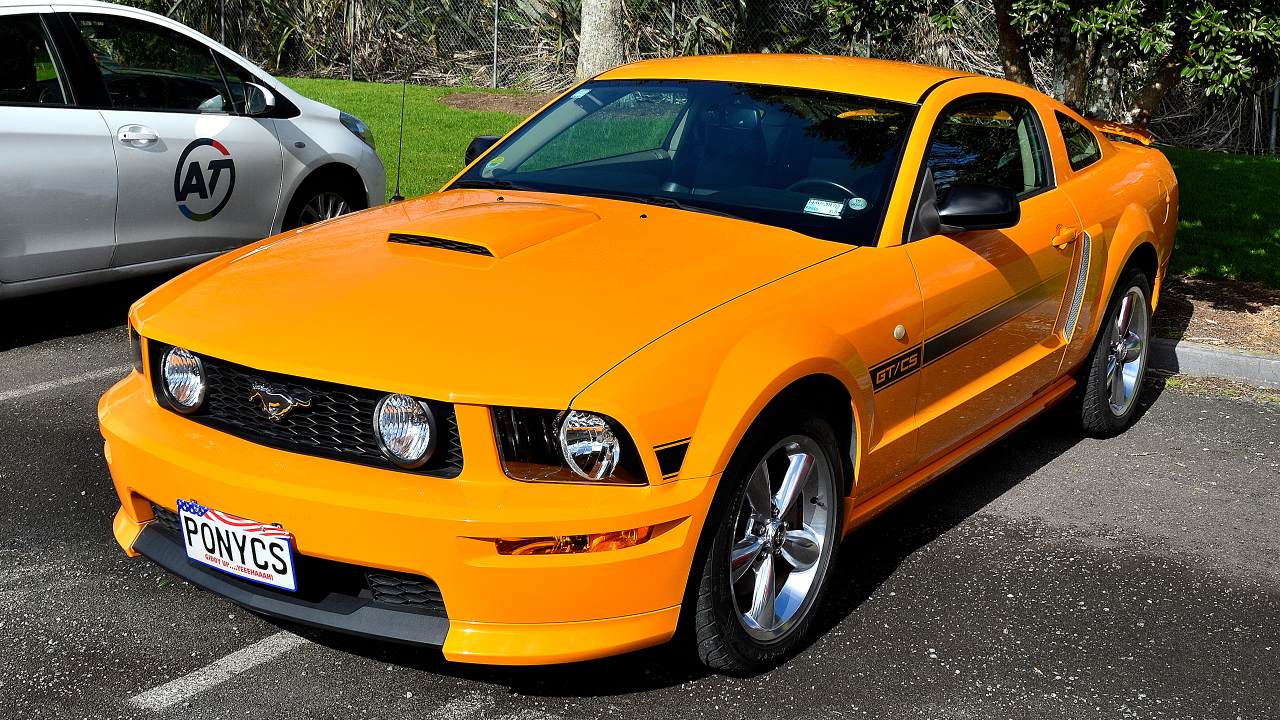From iconic movie appearances to becoming symbols of counterculture movements, these nine vans from the 1970s hold a special place in automotive history. Each model, with its unique charm and functionality, has left a lasting impact on both pop culture and the automotive landscape. Let’s explore these cultural icons that have captured the imagination of enthusiasts worldwide.
Volkswagen Type 2 (Microbus)

The Volkswagen Type 2, affectionately known as the Microbus, epitomizes the free-spirited ethos of the 1970s. With its rounded shape and spacious interior, it became the vehicle of choice for families and adventurers alike. The Microbus was particularly embraced by the hippie movement, symbolizing peace and freedom as it traveled across the United States during the Summer of Love.
Its versatility and iconic design have kept it relevant through the decades. Even today, the Microbus is a favorite among collectors and restorers, with vintage models fetching high prices at auctions. The enduring popularity of this vehicle underscores its role as a cultural icon of the 1970s.
Ford Econoline

The Ford Econoline was a workhorse of a van, known for its durability and adaptability. Introduced in the early 1960s, it gained prominence in the ’70s with its practical design and powerful engine options. Its boxy shape and flat nose made it ideal for both commercial use and personal customization.
Many Econolines were converted into camper vans, complete with shag carpeting and wood paneling, reflecting the era’s love for road trips and exploration. The Econoline’s robust build and spacious interior made it a favorite among tradespeople, musicians, and adventurers, cementing its status as a versatile icon of the decade.
Dodge Tradesman

The Dodge Tradesman was another staple of the 1970s van scene, known for its ruggedness and ample space. It was particularly popular among custom van enthusiasts who transformed it into rolling works of art. With bold paint jobs and elaborate interiors, the Tradesman became a canvas for individual expression.
Its strong performance and reliability made it a popular choice for both personal and business use. The Tradesman’s contribution to the custom van culture of the ’70s helped solidify its place as a beloved icon of the era.
Chevrolet G-Series

The Chevrolet G-Series, commonly referred to as the “Chevy Van,” was a versatile vehicle that found a niche in both the commercial and personal markets. Its straightforward design allowed for easy customization, making it a favorite among those looking to create the ultimate mobile living space or business vehicle.
The G-Series was often used by bands for touring, with its spacious interior accommodating both people and equipment. Its presence in movies and music videos further cemented its status as a cultural icon of the 1970s, representing freedom and creativity on four wheels.
GMC Vandura

The GMC Vandura shared much of its design with the Chevrolet G-Series but carved out its own identity as a cultural icon. Known for its durability and versatility, the Vandura was a popular choice for custom van enthusiasts who transformed it into mobile homes and businesses.
Its most famous incarnation was arguably as the “A-Team van” in the popular 1980s TV series. This black van with its red stripe became an enduring symbol of adventure and ingenuity, further embedding the Vandura in popular culture.
Bedford CF

The Bedford CF was a staple of British roads during the 1970s, known for its practicality and versatility. Its simple yet robust design made it popular for a wide range of uses, from delivery vans to camper conversions. The CF’s adaptability and reliability endeared it to both businesses and individuals.
In the UK, the Bedford CF became synonymous with the burgeoning camper van culture, as many were converted for leisure use. Its presence in popular British television shows and films of the era further cemented its status as a cultural icon of the 1970s.
Toyota HiAce

The Toyota HiAce was a game-changer, offering reliability and efficiency in a compact van. Known for its durability, the HiAce quickly became a favorite for commercial use across the globe. Its simple design allowed for easy modifications, making it a versatile choice for a range of applications.
In the 1970s, the HiAce’s reputation for dependability helped it gain a foothold in markets outside Japan. Its success paved the way for future generations of Toyota vans, making it a key player in the evolution of the van market worldwide.
Mercedes-Benz L319

The Mercedes-Benz L319, introduced in the late 1950s, continued to make waves into the 1970s with its robust design and versatility. Known for its quality engineering, the L319 was utilized for a variety of purposes, from delivery vehicles to mobile workshops.
Its distinctive design and durability made it a favorite among European businesses and craftspeople. The L319’s legacy lives on as a symbol of German engineering excellence and a testament to the enduring appeal of classic vans from the 1970s.
Like Fast Lane Only’s content? Be sure to follow us.
Here’s more from us:
*Created with AI assistance and editor review.







Leave a Reply